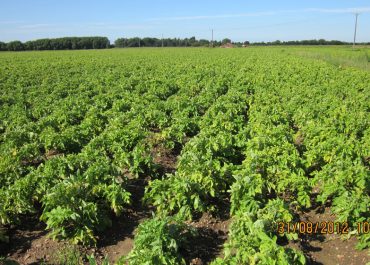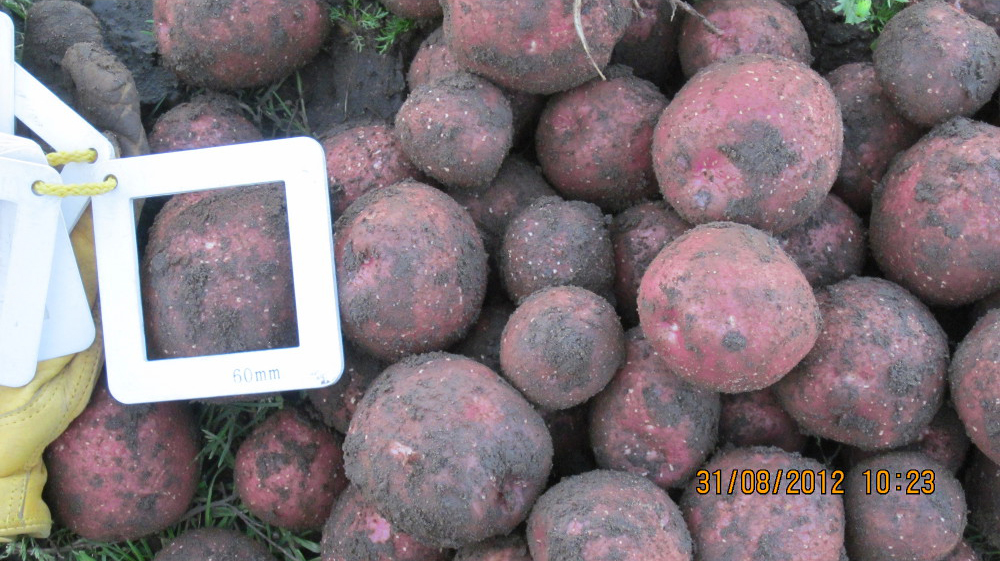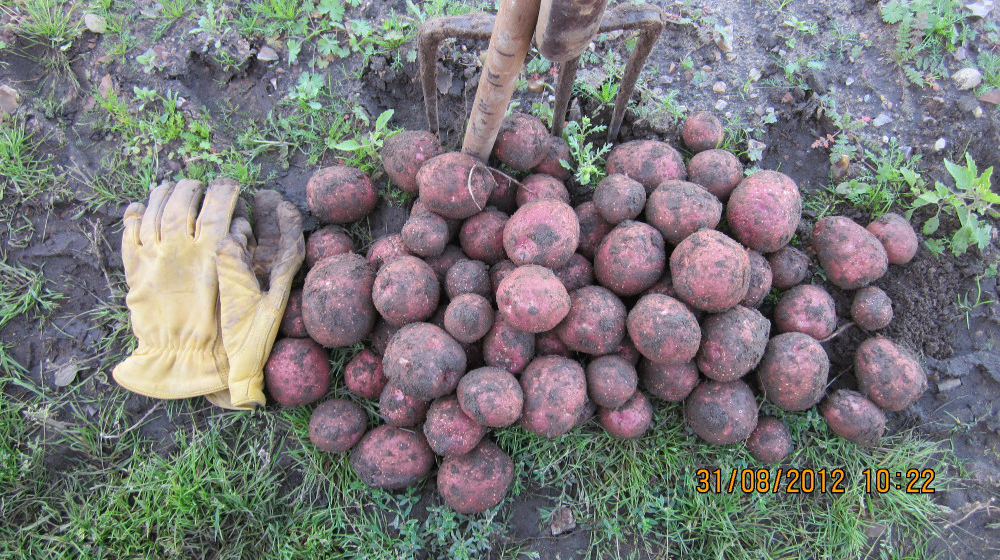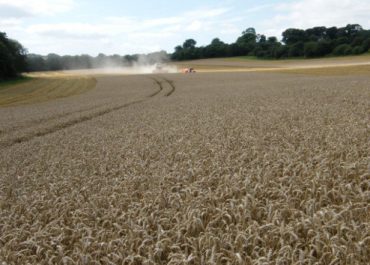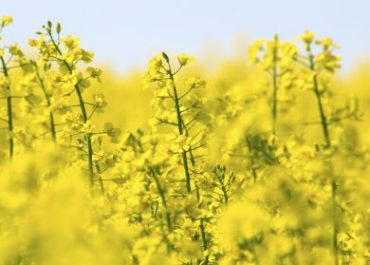Back in June (2012) it was clear to Will Forrington that something special was needed to keep his potato crops from getting kicked to death by blight or giving up completely should the rain ever eventually stop.
Given the very wet year and the fact that all earlier applied Nitrogen was now washed down the Trent, we decided that Delta nitrogen applied in 5 litre/ha hits with every blight spay would be perfect. Every 7 days that’s what it got and August digs reassured Will he had made the right decision.
Yield digs conducted 23rd Aug 2012 showed an excellant sample of Reds, good even size, good shape and top growth will continue to bulk. The yield in this dig gave a current potential of 15 tonnes per acre (36t/ha).
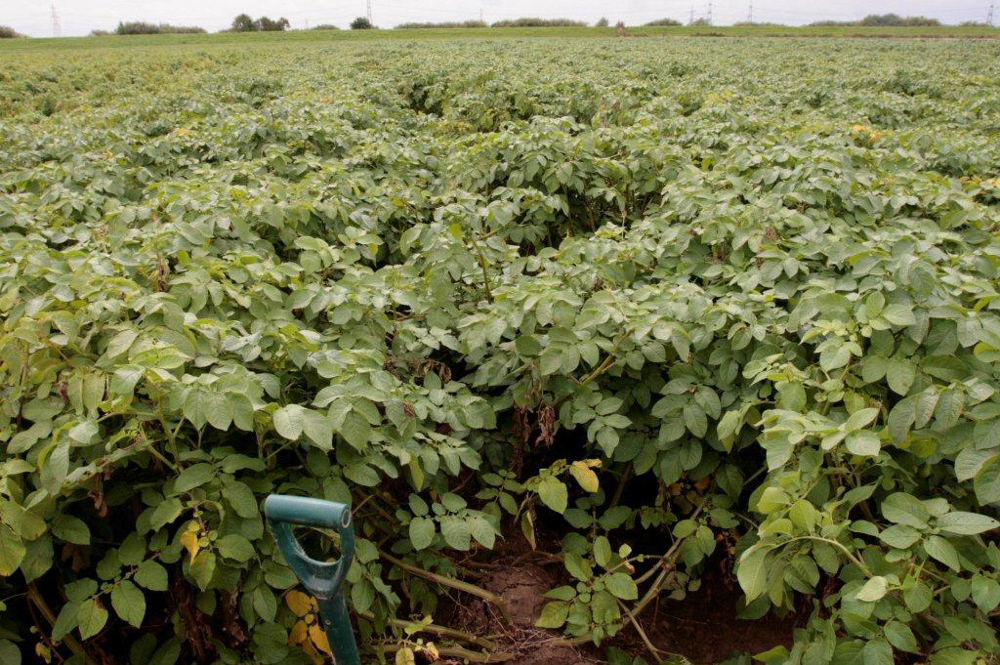
This picture taken on the 23rd of August 2012 shows the canopy of the Reds. The grower will continue to apply between 3 and 5 litres per ha of Delta nitrogen which will keep feeding and bulking.
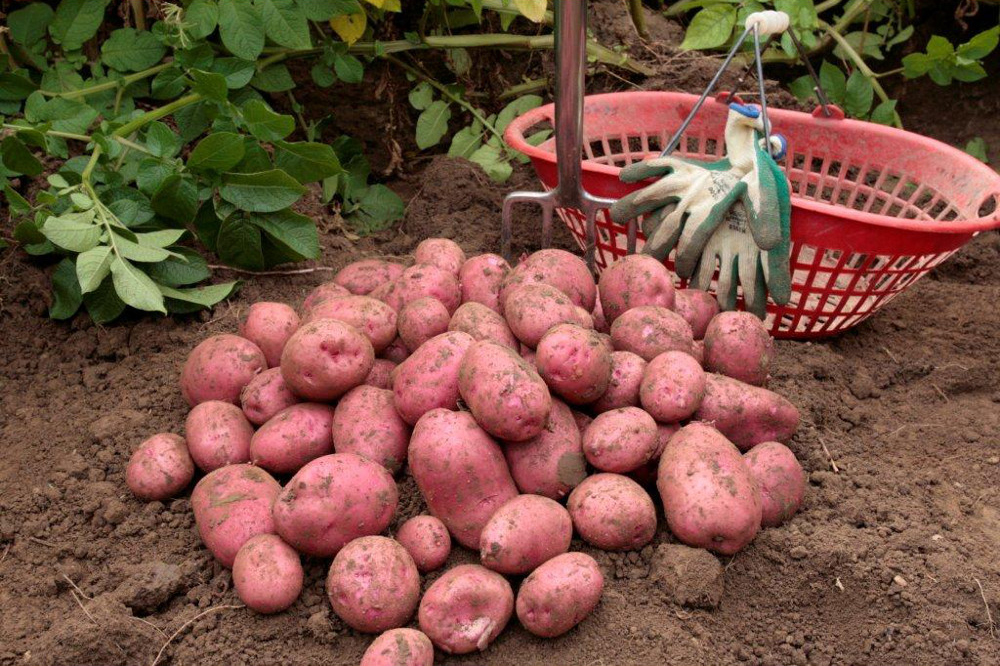
This is a another yield dig of Reds in the same field showing a fabulous sample having received NHCa Delta throughout the season with every blight spay at a rate of 5L/ha. Current yeild of 15t/ac Great shape, great skin and finish with excellent uniformity great potential.
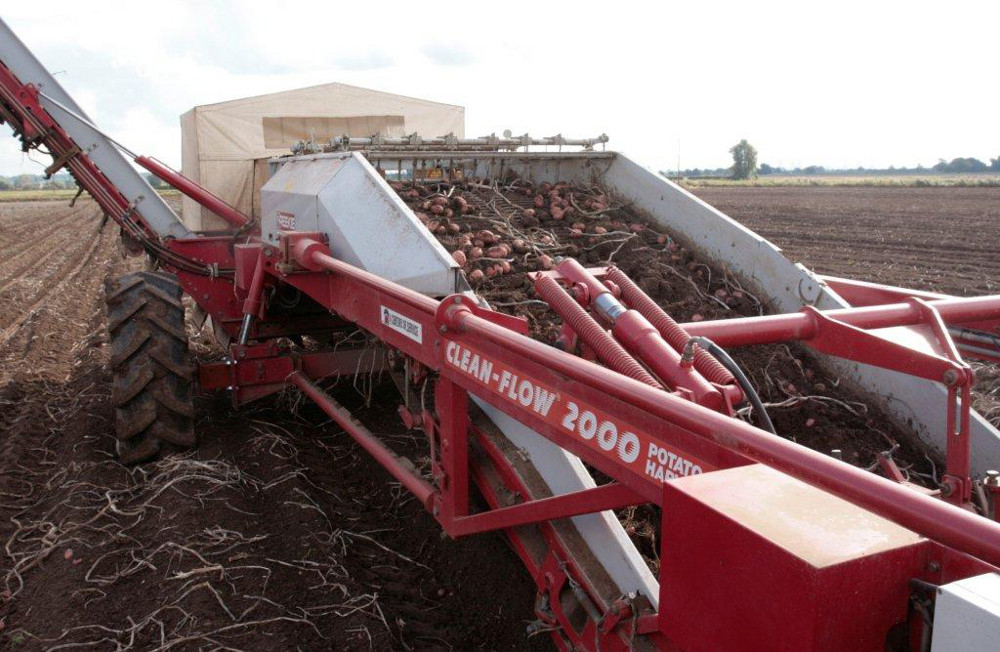
On the 5th October 2012 the Delta treated Shannon potato harvest is underway and going is good. The quality of these treated potatoes are excellent. High number of tubers with great skin finish and good uniformity.
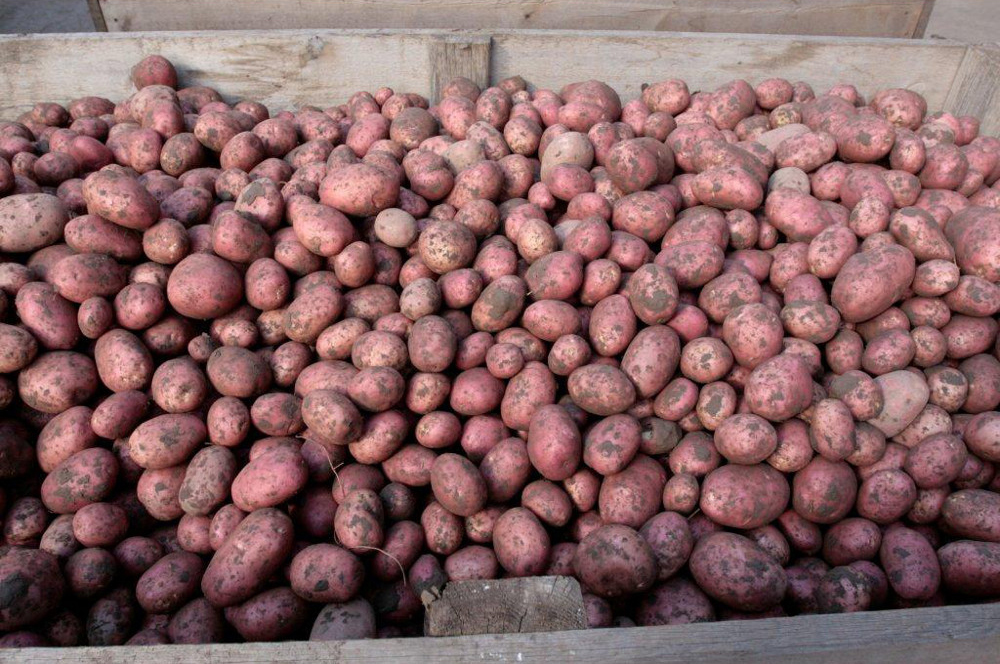
The harvested Delta treated Shannon look uniformed and tubers numbers are high.
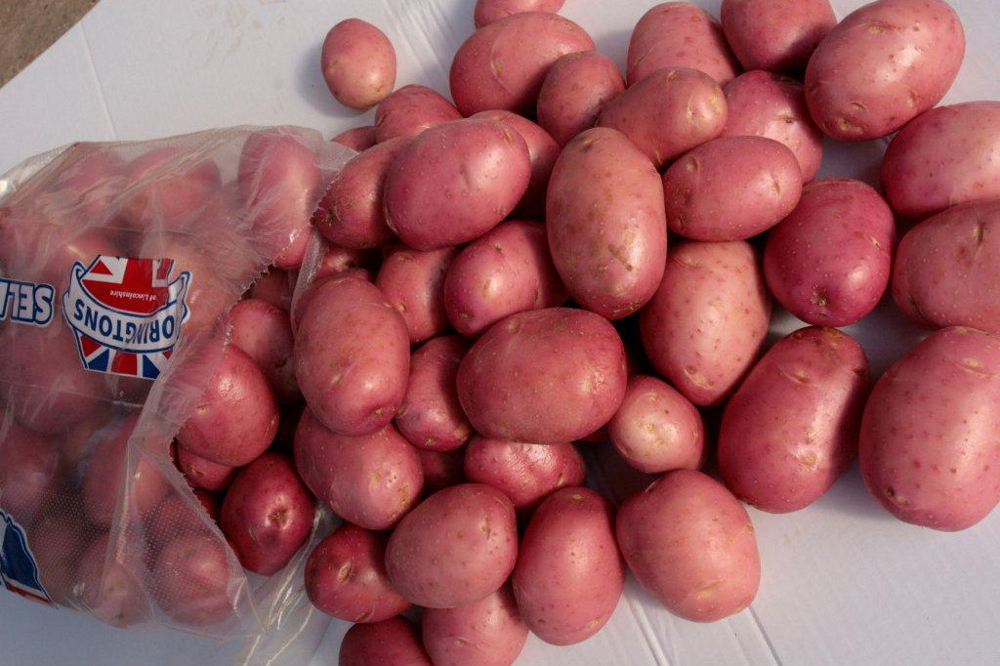
The finished product; Delta nitrogen treated Shannon reds that have yielded 26 tonnes per acre with good uniformed high number of tubers.
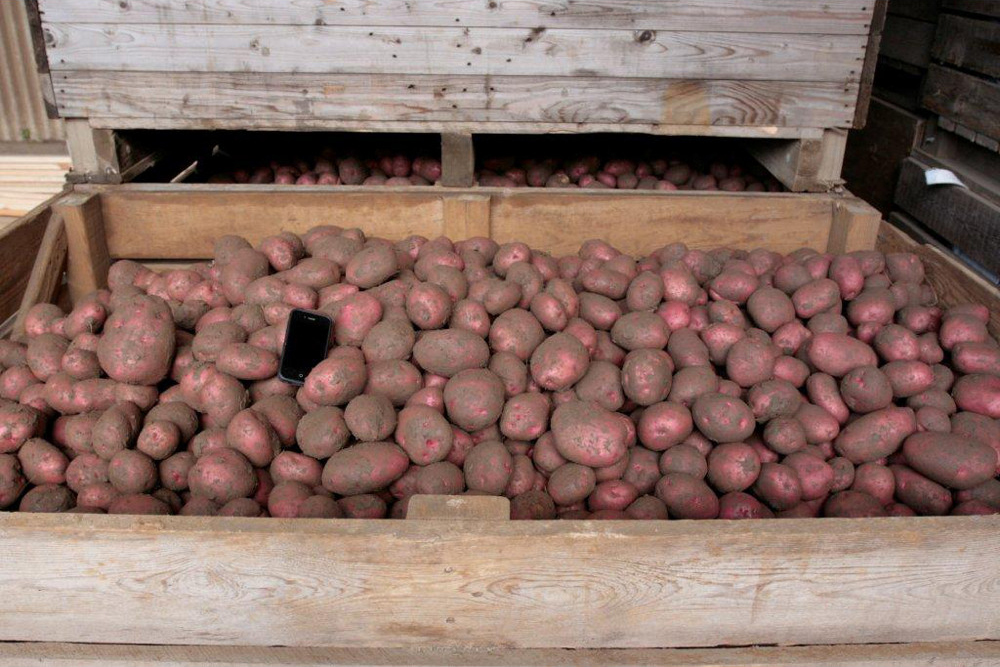
More Reds harvested at Forringtons on Monday 15th October2012, before we had more rain to stop work. These Reds ran at 90 boxes from 3.5acres which is a yield of 26 tonne/ac (64 tonnes/ha). They were planted on 15th May.
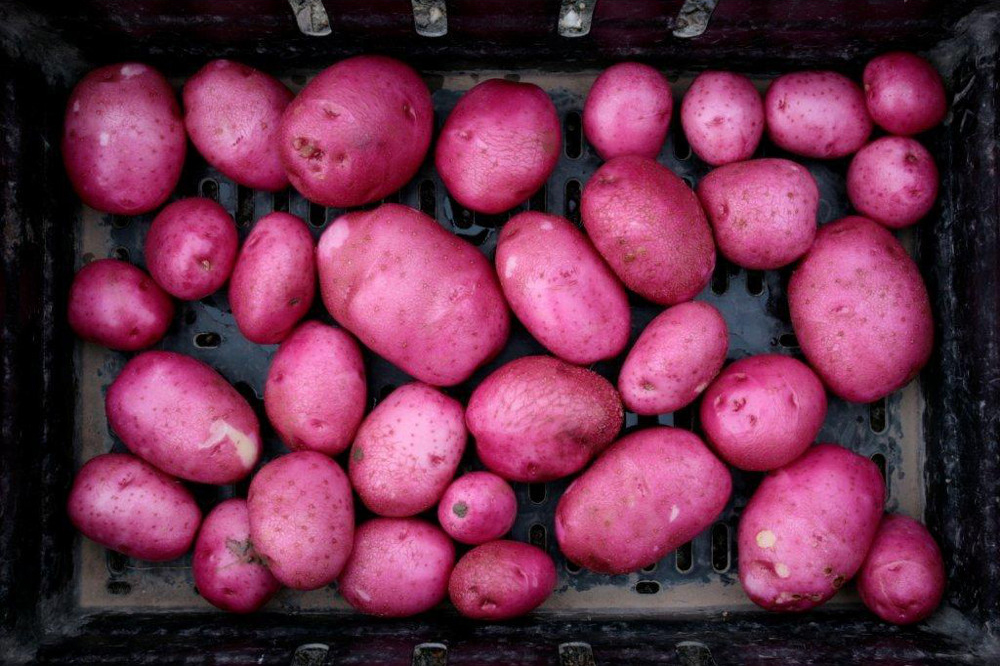
These reds were harvested on 15th October, a really cracking 24t/ac crop (59.2tonnes/ha). These were treated with Delta nitrogen fertilizer at a rate of 4L/Ha applied with every blight spay. The crop was planted 16th May and had recieved a base dressing of 219kg of N with no further top dressed N. The saleable yield of this crop was 23.5tonnes /ac (58.4t/ha)

